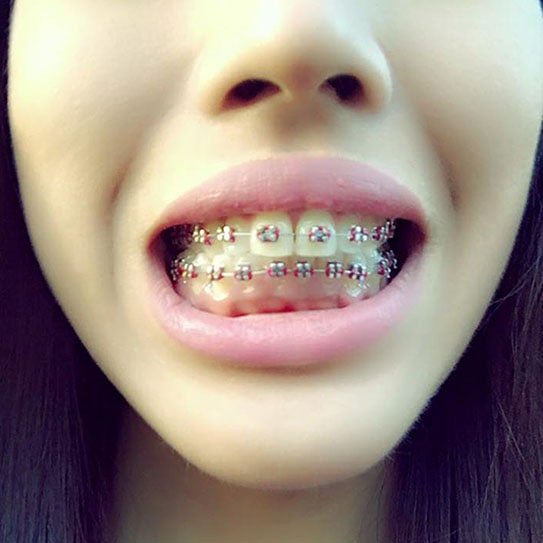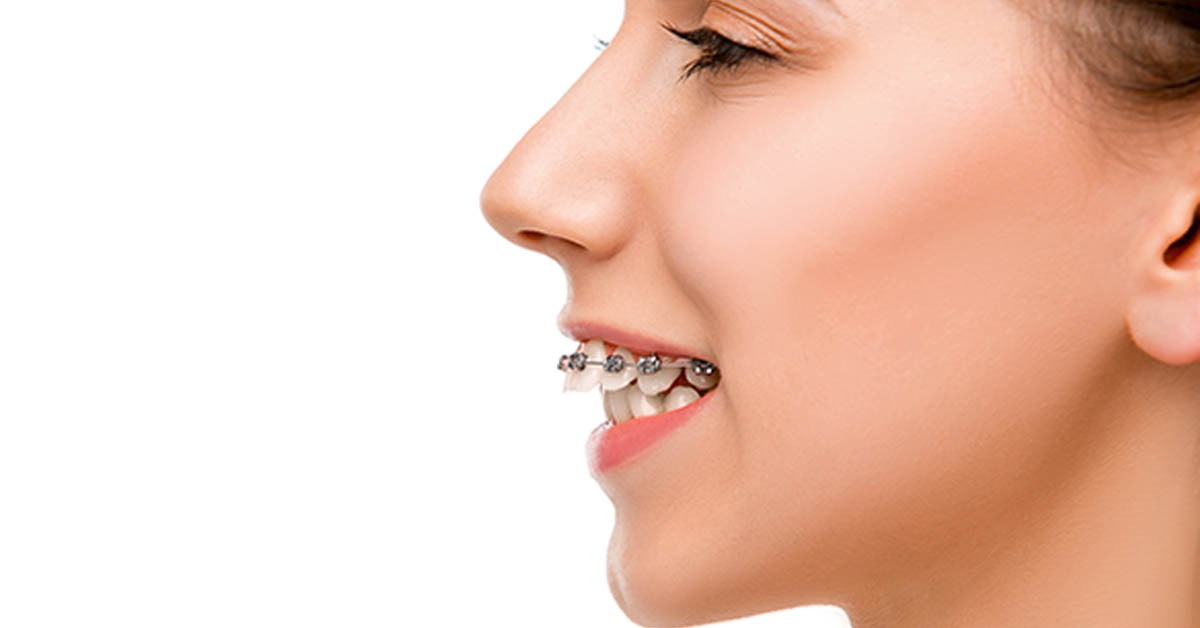Facts About All Star Family Orthodontics Revealed
Table of Contents9 Simple Techniques For All Star Family OrthodonticsFascination About All Star Family OrthodonticsUnknown Facts About All Star Family OrthodonticsThe Facts About All Star Family Orthodontics UncoveredWhat Does All Star Family Orthodontics Mean?

At Advanced Orthodontics, we give clients with a all natural therapy experience. Additionally, we provide flexible treatment timetables, versatile repayment options and an enjoyable, pleasurable experience - old bridge aligners. Call ( 480) 357-4900 today to learn more and timetable a consultation.
An orthodontist is a dentist educated to identify, avoid, and treat teeth and jaw irregularities - https://www.avitop.com/cs/members/allstarfamilyortho.aspx. They correct existing conditions and are trained to recognize issues that may establish in the future. Orthodontists function with people of every ages, from youngsters to adults. Individuals usually link an ideal smile with health.
Malocclusion, or misaligned teeth, can lead to dental issues, consisting of dental cavity, gum condition, and difficult or agonizing eating. Yet not everybody is birthed with straight teeth. If you have a bad bite or big areas in between your teeth, you may wish to speak with a dentist focusing on orthodontic care.
Indicators on All Star Family Orthodontics You Should Know
(Photo Credit Rating: DigitalVision/Getty Images) Orthodontists utilize fixed and removable dental tools, like braces, retainers, and bands, to change the setting of teeth in your mouth. Orthodontic therapy is for oral problems, including: Uneven teethBite issues, like an overbite or an underbiteCrowded teeth or teeth that are also far apartJaw misalignmentThe goal of orthodontic treatment is to improve your bite.
While you might believe of orthodontists as generally for youngsters or teenagers who need braces, they can fix oral issues at any kind of age. Orthodontists participate in university, dental institution, and orthodontic institution.
, yet not all dentists are orthodontists. They focus on two locations: Just how to effectively and securely relocate teeth Exactly how to effectively assist development in the teeth, jaw, and faceOnce an orthodontist has actually finished training, they have the option to end up being board licensed.
The Only Guide to All Star Family Orthodontics
Imbalance, or malocclusion, is the most usual reason individuals see an orthodontist. It is genetic and is the result of dimension differences in between the upper and reduced jaw or between the jaw and teeth. Malocclusion leads to tooth overcrowding, a misshapen jaw, or uneven bite patterns. Malocclusion is normally treated with: Your orthodontist connects metal, ceramic, or plastic square bonds to your teeth.
If you have only minor malocclusion, you might have the ability to make use of clear braces, called aligners, instead of conventional dental braces. Some individuals require a headgear to aid move teeth into line with pressure from outside the mouth. After dental braces or aligners, you'll pop over to this web-site need to wear a retainer. A retainer is a customized tool that keeps your teeth in area.

You might need to see an orthodontist if you have: Crowding or not sufficient space for all of your teethOverbite, when your top teeth come by your base teethUnderbite, when your base teeth are also much forwardSpacing or concerns with gapsCrossbite, which is when your upper teeth fit behind your bottom teeth when your mouth is closedOpen bite or an upright gap in between your front base and top teethMisplaced midline, when the facility of your base and top teeth do not line up Dealing with an oral malocclusion can: Make biting, eating, and talking easierImprove the balance of our face and your total appearanceEase discomfort from temporomandibular joint disordersDifferent your teeth and make them much easier to clean up, aiding protect against dental caries or dental caries It's usually a dental professional who initially notices misaligned teeth during a regular examination.
A Biased View of All Star Family Orthodontics
During your first orthodontic appointment, you'll likely have: An oral examPhotos taken of your face and smileDental X-raysPanoramic (360 level) X-rays of your face and headImpressions to produce molds of your teethThese tests will help your orthodontist recognize exactly how to continue with your therapy. An orthodontist is a dental expert who's had training to treat your teeth and jaw.
Orthodontists are dentists yet not all dental professionals are orthodontists. Orthodontists are concentrated on your bite, or the means your teeth fit together, and the straightness of your teeth.

This first appointment entails an aesthetic exam of your teeth and bite, X-rays, and potentially even 3D scans. By carefully reviewing these aspects, the orthodontist can identify any misalignments, crowding, spacing issues, or jaw disparities. As soon as a clear photo is established, the orthodontist will certainly discuss personalized therapy alternatives. This conversation will cover the kind of braces or aligners recommended (conventional metal braces, clear aligners like Invisalign, and so on), the approximated therapy period, and any type of possible challenges or adverse effects.
The Definitive Guide for All Star Family Orthodontics
, orthodontists have a varied toolkit at their disposal. These tried-and-true braces utilize a system of brackets bound to the teeth and linked by cables.
Clear aligners, like Invisalign, are a prominent alternative for patients looking for a more very discreet treatment alternative. These removable trays are tailor-made to gradually change the teeth's placement. Headwear may be made use of combined with braces or aligners to use additional targeted forces, especially for dealing with jaw disparities. In instances of narrow jaws, palatal expanders can be utilized to create space for correct tooth positioning.